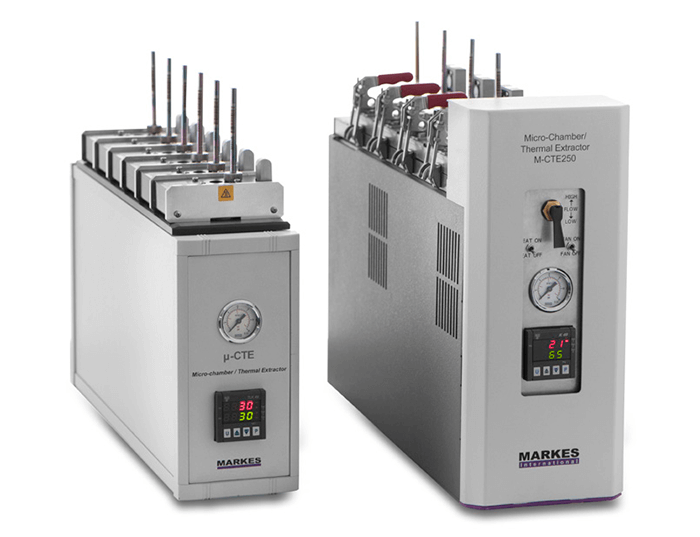Summary
This Application Note describes the analysis of three fragranced consumer products – fabric conditioner, washing detergent and washing powder – using three sampling approaches in conjunction with analysis by thermal desorption–gas chromatography–mass spectrometry (TD–GC–MS). As well as comparing the analyte ranges covered by dynamic headspace sampling, headspace sorptive extraction and immersive sorptive extraction, the ability of Markes’ re-collection technology to streamline method development and validation is discussed.

Introduction
The success of many personal care and household cleaning products has long depended on the precise mix of aromaactive compounds that they release. For example, manufacturers are continuously developing new formulations that offer different (or longer-lasting) fragrances, while consumers loyal to a well-established brand can notice even the slightest variation in fragrance quality. In addition, there has been increasing concern over the presence of potentially harmful compounds – such as allergens – in fragrance formulations. These factors have led to an ongoing need to monitor the volatile and semi-volatile organic compounds (VOCs and SVOCs) released by fragranced consumer products. Sampling and analysing VOCs and SVOCs from a wide range of products and materials has long been carried out using gas chromatography (GC), enhanced by pre-concentration using thermal desorption (TD). TD provides a versatile and highsensitivity alternative to traditional sample preparation methods for GC, such as solvent extraction or static headspace, and involves minimal manual sample handling while being applicable to the widest possible range of GC-compatible analytes. In the field of consumer products, TD has generally been associated with sampling vapours released from solid samples, but recent developments in sorptive extraction have improved the applicability of TD pre-concentration technology to aqueous samples. This improvement in the versatility of TD is particularly valuable for analysis of fragranced products, where the samples requiring analysis may be powders, waxes, creams or liquids. This Application Note aims to highlight this versatility by demonstrating the use of dynamic headspace sampling, headspace sorptive extraction and immersive sorptive extraction for the analysis of VOCs and SVOCs in three fragranced cleaning products – two liquids and one powder.
 Figure 1: The six-chamber (left) and four-chamber (right) models of the μ-CTE™. Both models use gentle heating and a flow of inert gas to release VOCs and SVOCs from solid or liquid samples.
Figure 1: The six-chamber (left) and four-chamber (right) models of the μ-CTE™. Both models use gentle heating and a flow of inert gas to release VOCs and SVOCs from solid or liquid samples.




